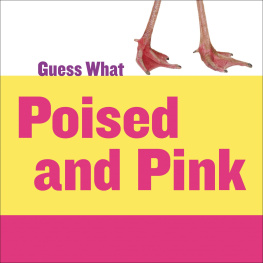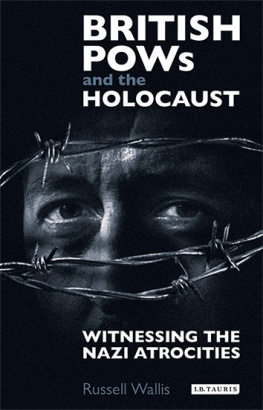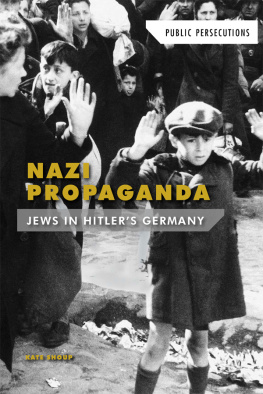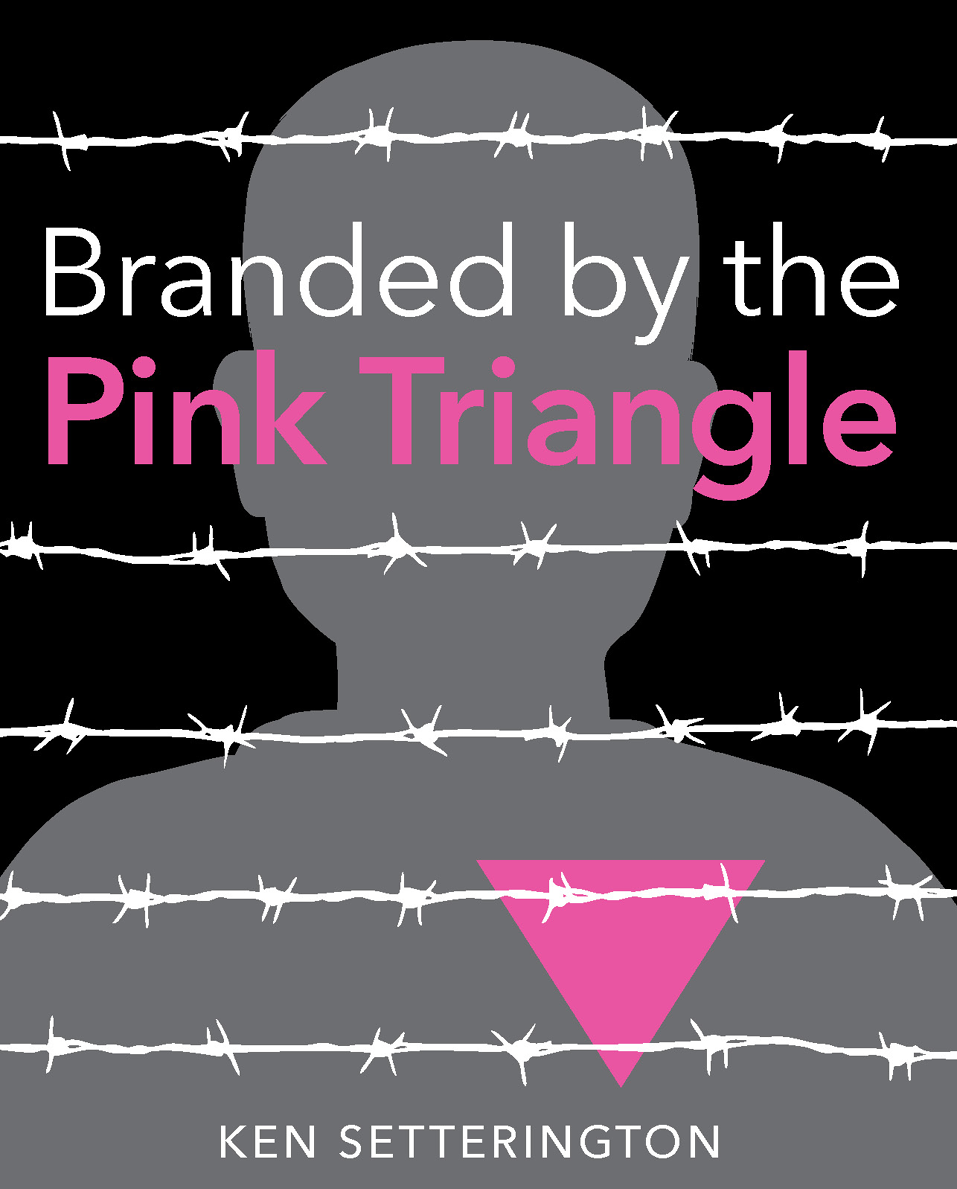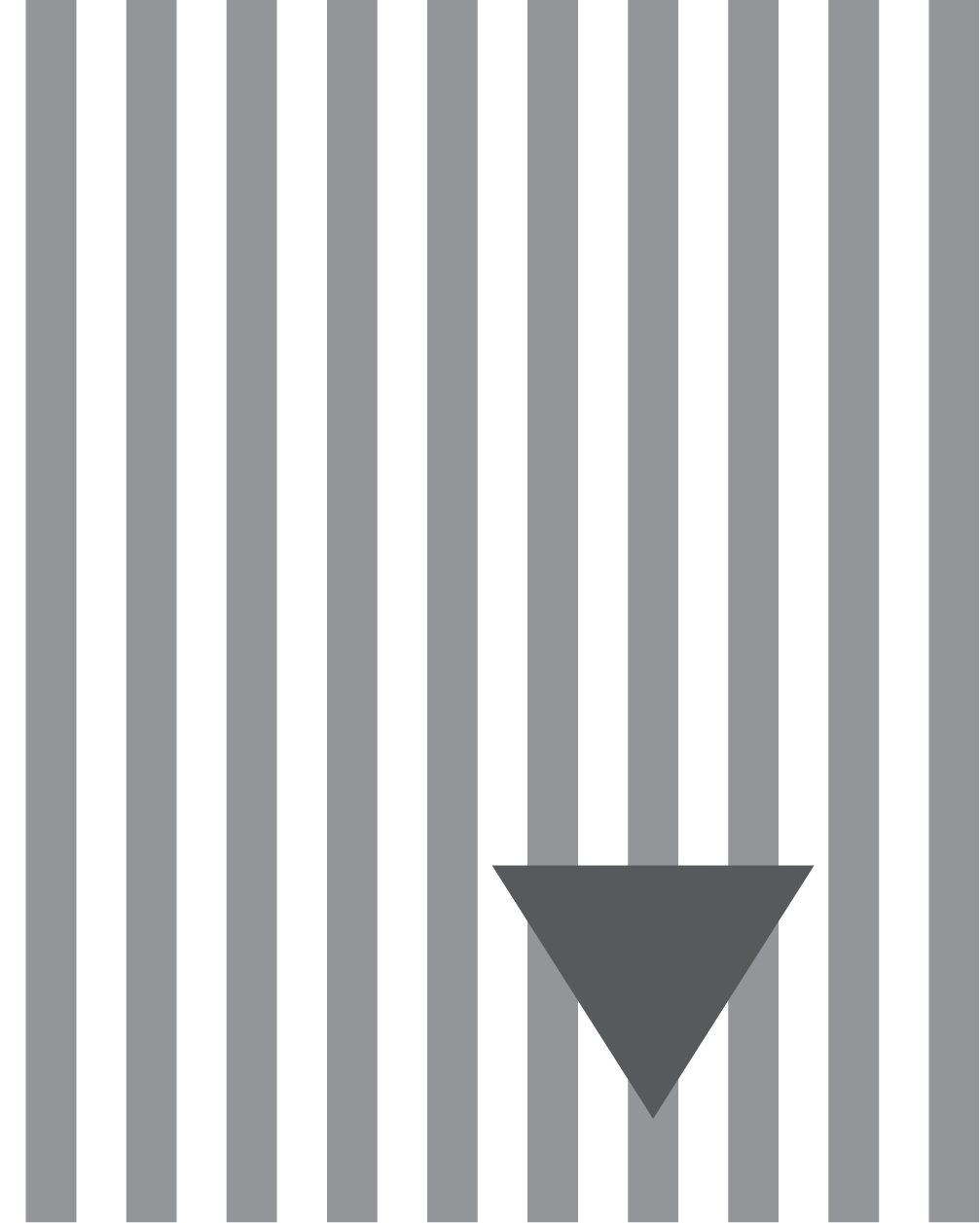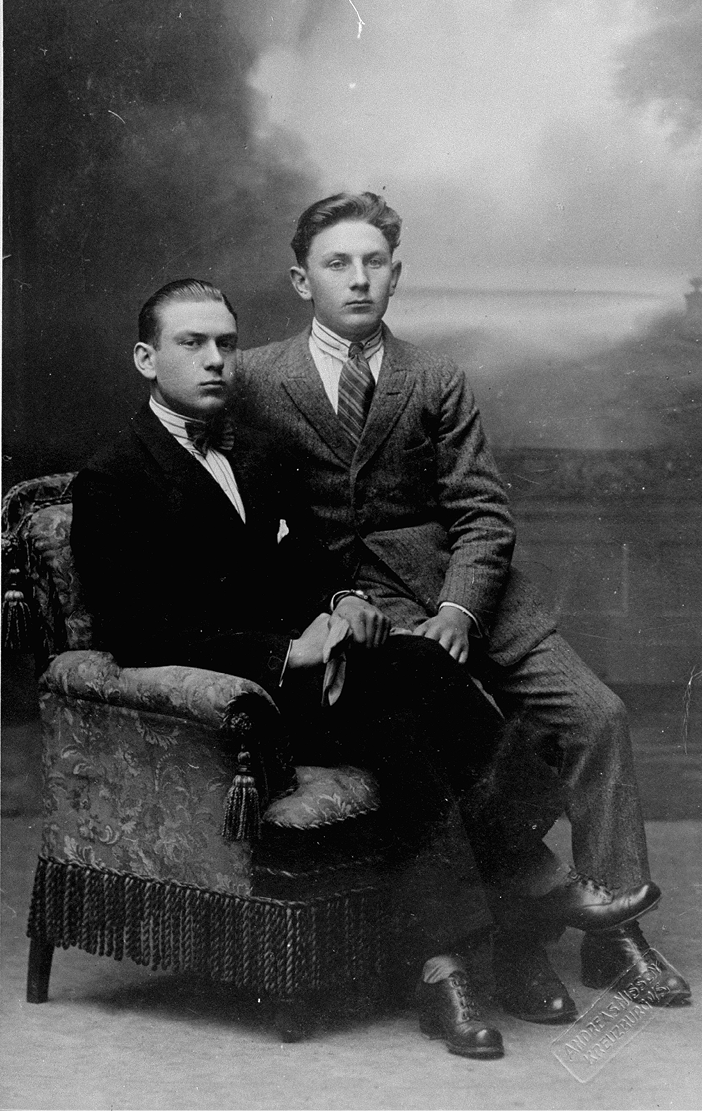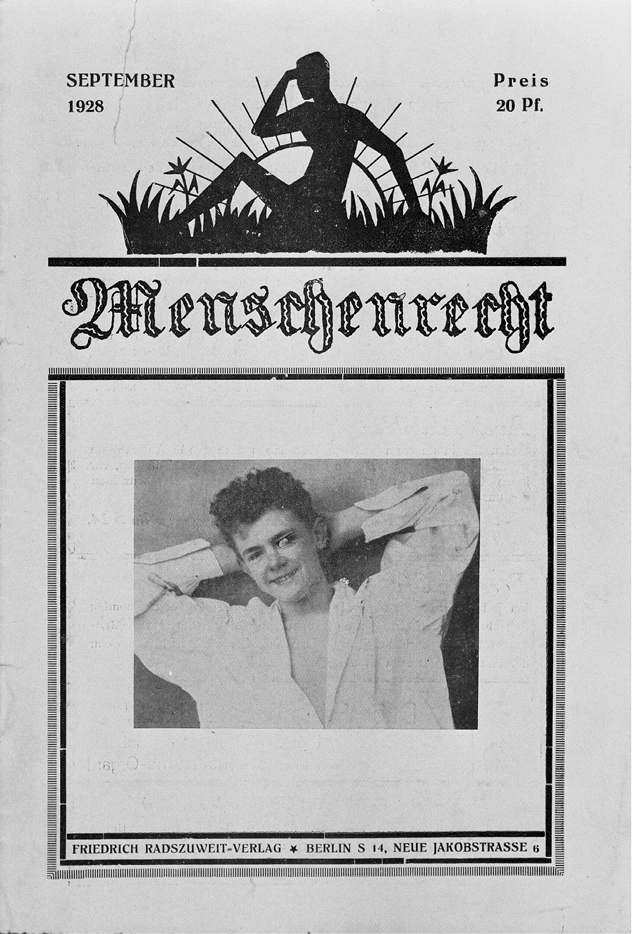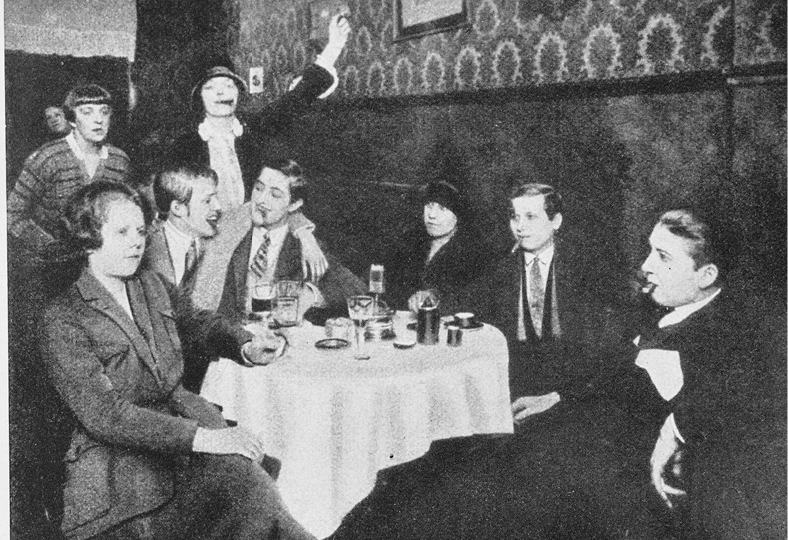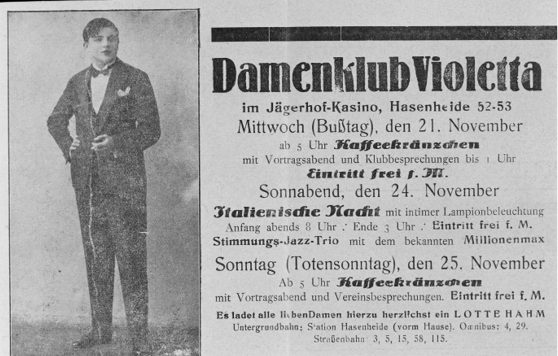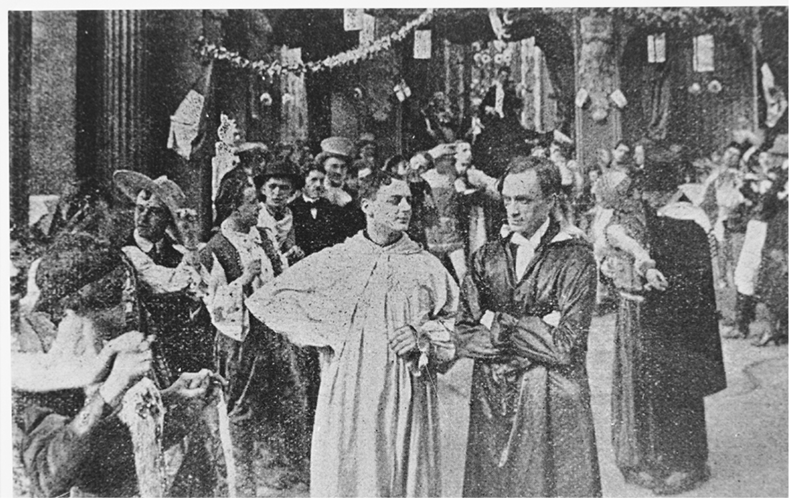Library and Archives Canada Cataloguing in Publication
Setterington, Ken
Branded by the pink triangle / Ken Setterington.
Includes index.
Issued also in print format.
ISBN 978-1-926920-97-9
1. GaysNazi persecutionJuvenile literature. 2. World War,
19391945AtrocitiesJuvenile literature. 3. World War, 19391945
Concentration campJuvenile literature. I. Title.
D804.5.G38S48 2013 j940.531808664 C2012-9081XX-X
Copyright 2013 by Ken Setterington
Edited by: Malcolm Lester, Jonathan Schmidt, Carolyn Jackson
Copyedited by: Kathryn White
Designed by: Melissa Kaita
Cover illustration iStockphoto
Printed and bound in Canada
The views or opinons expressed in this book and the context in which the images are used,
do not necessarily reflect the views or policy of, nor imply approval or endorsement by,
the United States Holocaust Memorial Museum.
Second Story Press gratefully acknowledges the support of the Ontario Arts Council
and the Canada Council for the Arts for our publishing program. We acknowledge
the financial support of the Government of Canada through the Canada Book Fund.
Published by
Second Story Press
20 Maud Street, Suite 401
Toronto, ON M5V 2M5
www.secondstorypress.ca
This book is dedicated to the memory of the men who suffered at the
hands of the Nazis simply because they were gay, and to those in
countries around the world who still suffer because they are gay.
Contents
Preface
Preface
On a cold, snowy day in 1944, a man in the regulation prison uniform of Nazi Germanys notorious Auschwitz concentration camp approached the huge stinking pit that served as a latrine in the prison yard. He had watched from a distance as a trainload of Jewish women and girls were herded into the camp. They had been showered in boiling hot water and now naked, wet, and shivering they were forced to stand outside in the snow to dry off before being sent to the primitive latrines. He had seen a young girl awkwardly trying to crouch on narrow planks over the hole and had watched as a guard pushed her with a stick, unbalancing her and sending her into the pit of stinking waste. The prisoner reached the pit and looked down as the other prisoners were marched off to their barracks. There sat the girl, naked, embarrassed, and covered in excrement.
Ashamed and terrified, sixteen-year-old Kitty Fischer looked up and saw the prisoner. There was something different about him. Jewish prisoners were issued shirts with yellow stars sewn on the front. This man had a pink triangle on his. While he helped Kitty out of the filth she asked the man about his pink triangle. He told her why he had to wear it and after they found her sister, he promised he would return.
A short time later the pink triangle man appeared with a jacket potato for each of the girls to eat. In the weeks that followed, he returned repeatedly with smuggled potatoes. He was risking his own life to help the girls survive. Kitty vowed that she would never forget the humanity and kindness of their protector.
Decades later, she found a way to make sure the world would finally understand the persecution and suffering of the thousands like him homosexuals who were branded by the pink triangle.
Chapter 1
Berlin Homosexual
Capital of Europe
In the early years of the twentieth century, life was extremely difficult for gay men and women. In cities that now celebrate gay pride, homosexuals were actively persecuted. Laws prohibited sex between men. As a result, most homosexuals were forced to lead secret lives and had to establish their own underground networks.
Still, there were exceptions and Berlin was an exceptional city.
Life for homosexuals in Germany was much easier than it was in the rest of Europe, or indeed in the rest of the world. The German laws that prohibited sex between men were seldom enforced, and homosexual culture thrived. Berlin was recognized as its capital.
For young homosexual couples such as this one, life in Berlin in the early 1900s was free and easy.
Several German publications catered to gay men and women: Menschenrecht (Human Rights), Die Insel (The Island), and Der Eigene (His Own Self) for men, and Ledige Frauen (Single Women), Frauenliebe (Womens Love), and Die Freundin (The Girlfriend) for lesbians.
Menschenrecht (Human Rights) was just one of the many newspapers, magazines, and journals published specifically for the homosexual reader.
Many clubs and bars, restaurants, and popular dance clubs, all within Berlins gay section, drew patrons who preferred to be intimate with members of their own sex. Sometimes in these settings it was hard to tell who was a man and who was a woman.
People from around the world traveled to Berlin to enjoy the freedom of this exciting atmosphere. A survivor of the period remembered the Schwanenburg, a popular club he frequented.
It was a dance club, a normal bar, but on certain days it was rented by homosexuals. Then there was much joy. There was homosexual dancing and once in a while just to get the queens going, someone would shout, The police are coming! Everyone would hike up their skirts and run. But the police never really came. It is hard to imagine how wild it was in Berlinmen danced with men, women danced with women. In Berlin, those were the golden years.
The gay district of Berlin was home to many bars, restaurants, and nightclubs. Often it was hard to tell the sex of patrons as their dress, hairstyles, and makeup often defied the norm.
Club Violetta appealed to lesbians. Homosexuals from around the world came to Berlin to experiencethe gay lifestyle.
The first gay film Anders als die Andern (Different from the Others) was written and produced in Germany in 1918.
In 1918, the first international gay-themed film, Anders als die Andern (Different from the Others), was made in Germany. Produced to educate the public about homosexuality, it was co-written by Dr. Magnus Hirschfeld, a researcher in human sexuality who also appeared in the film.




